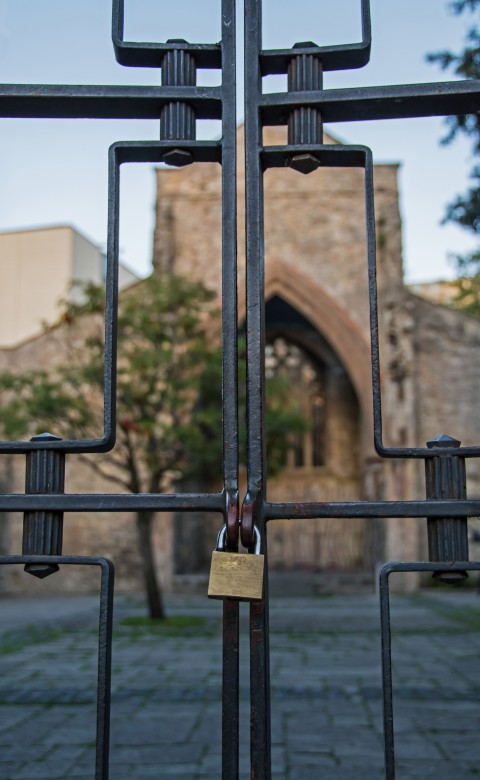Four guidelines for improvising pastoral leadership through a pandemic
How do ministers lead in unnavigated territory? How do we hold out hope in the face of despair?

A pandemic is unlike any situation we hold in living memory. The challenge for pastors is enormous and complex.
How will ministers lead through unnavigated territory, meet moral obligations for loving our neighbors and ourselves, guide and care for our people in an unprecedented time of uncertainty, and hold out hope in the face of despair?
Here are four ways to improvise and reimagine pastoral leadership in a time of pandemic.




